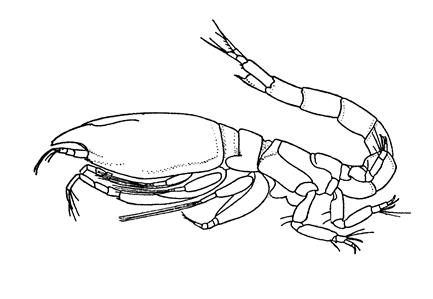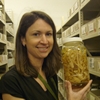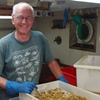General Description
Female and subadult male. Carapace smooth, unornamented. Pseudorostrum ventrally directed. Eyelobe with 3 lenses. Pereopod 2 basis expanded. Telson subequal to uropod peduncles, lateral margins serrate, bearing 1 pair stout lateral setae and 1 pair stout terminal setae. Uropod endopod triarticulate, much longer than exopod. Terminal setae of uropod rami simple. Adult male. As in female, except exopods present on maxilliped 3?pereopod 2. Telson longer than uropod peduncles. Uropod endopod biarticulate, much longer than exopod.
Biology
Litogynodiastylis ambigua was described based on specimens that could be divided into three different forms, varying in size, robustness, and carapace dimensions, hence the name "ambigua". The size and robustness of the various forms could be attributed to environmental variations, therefore the three variants are considered a single species.
Habitat
Among macroalgae in sandy sediments, to depth of 400 m.
Soft substrates
Distribution guide
Southern temperate oceans, including south-eastern Australia.
Species Group
Depth
Shallow (1-30 m)
Deep ( > 30 m)
Water Column
Max Size
3.5 mm
Diet
Organic matter
Commercial Species
No
Global Dispersal
Native to Australia
Species Code
MoV 53
Conservation Status
- DSE Advisory List : Not listed
- EPBC Act 1999 : Not listed
- IUCN Red List : Not listed






